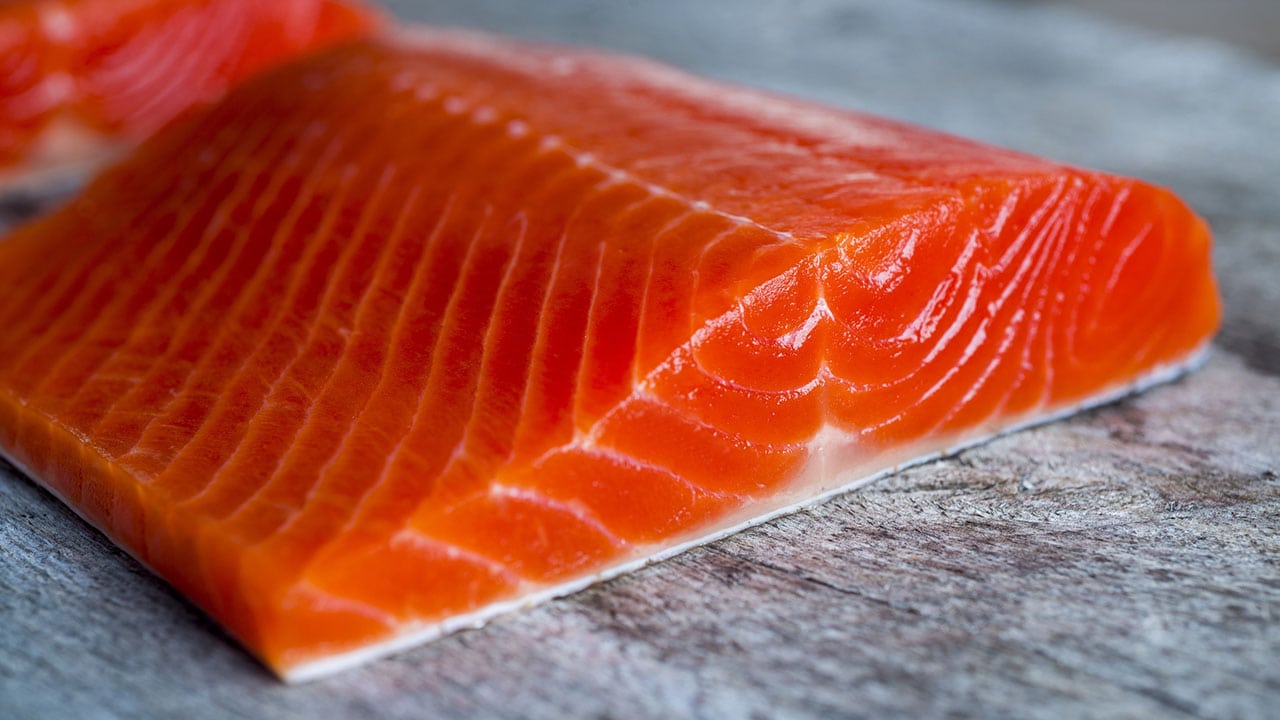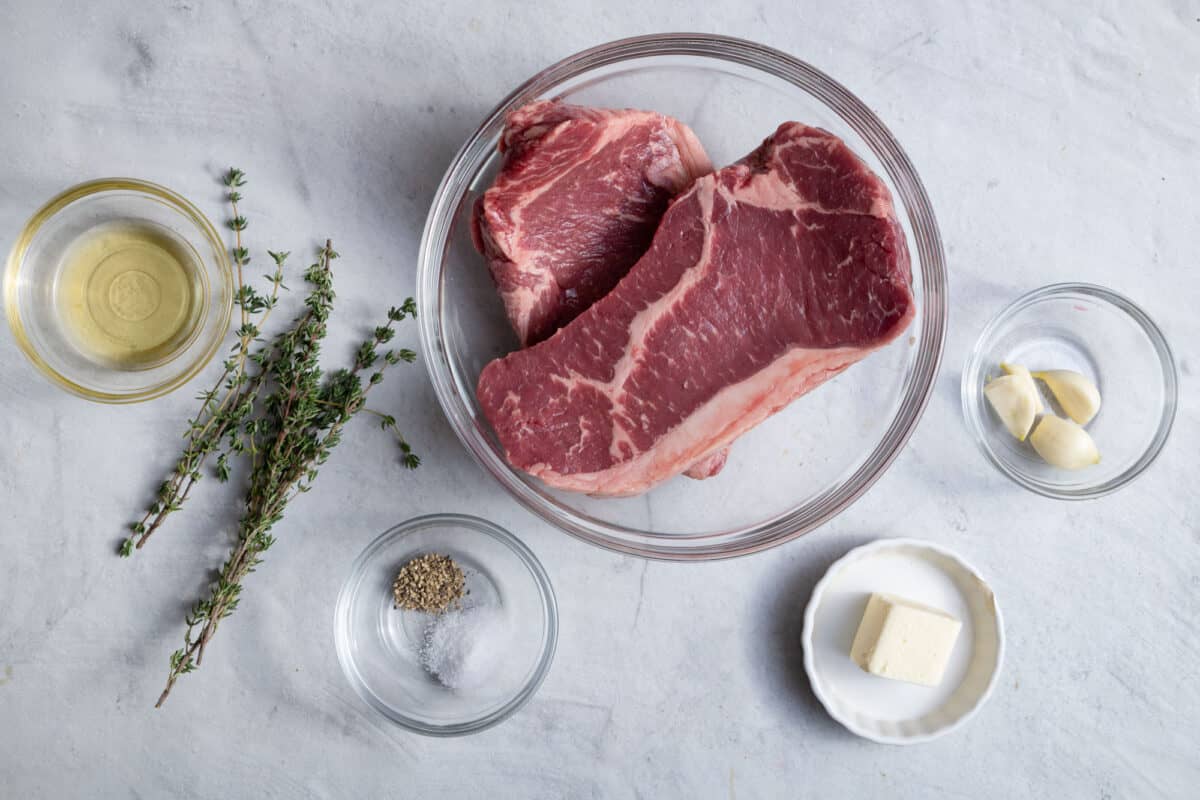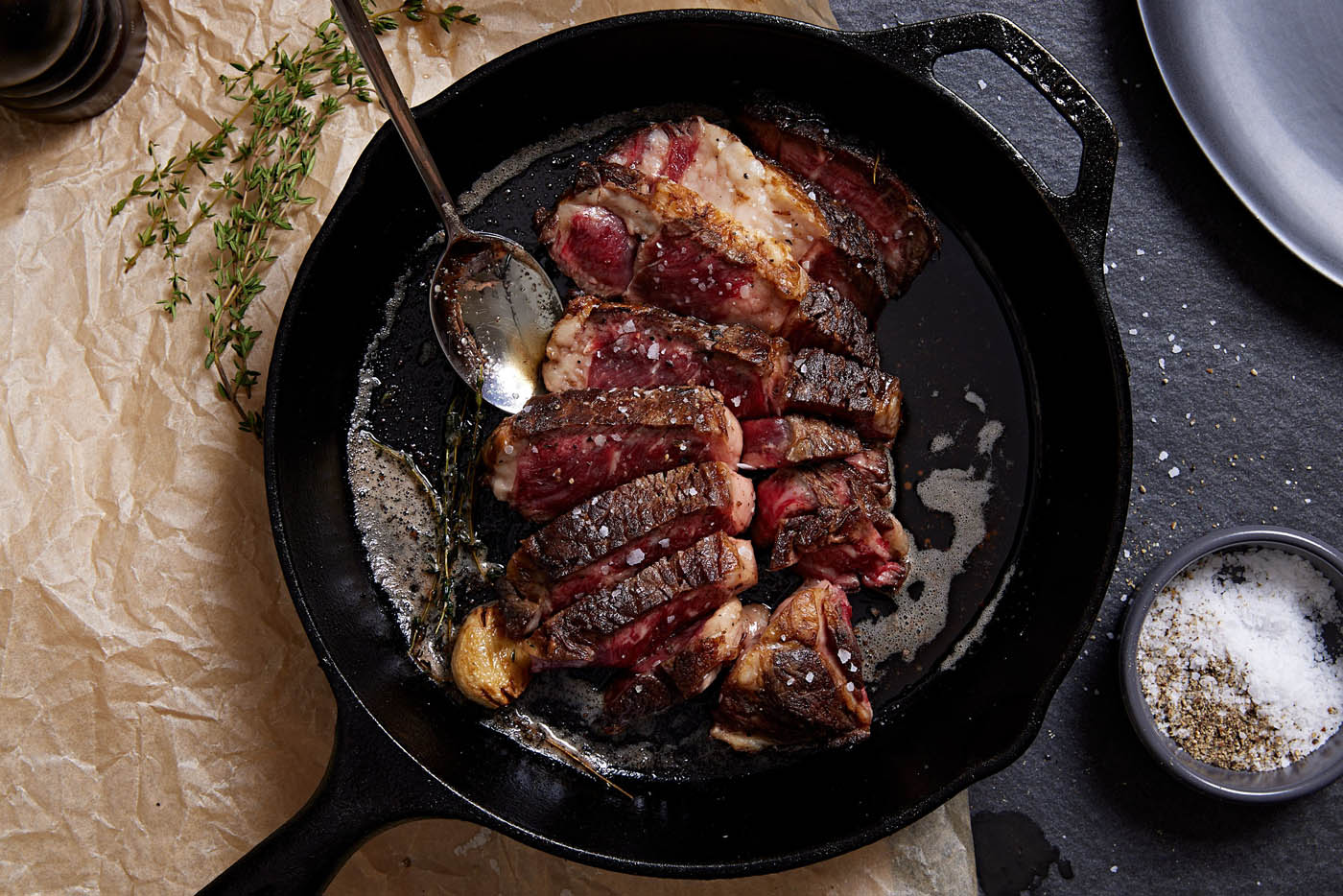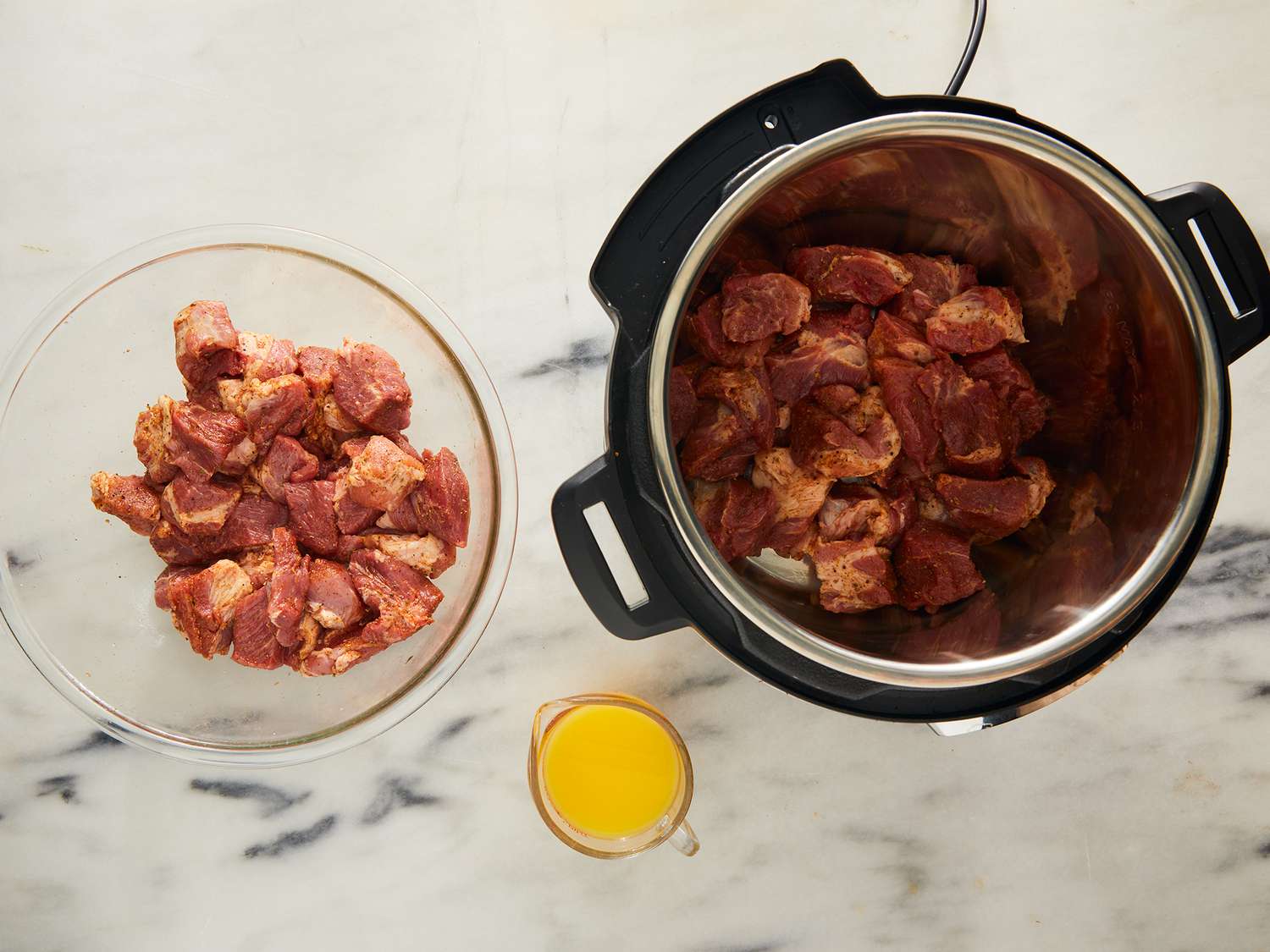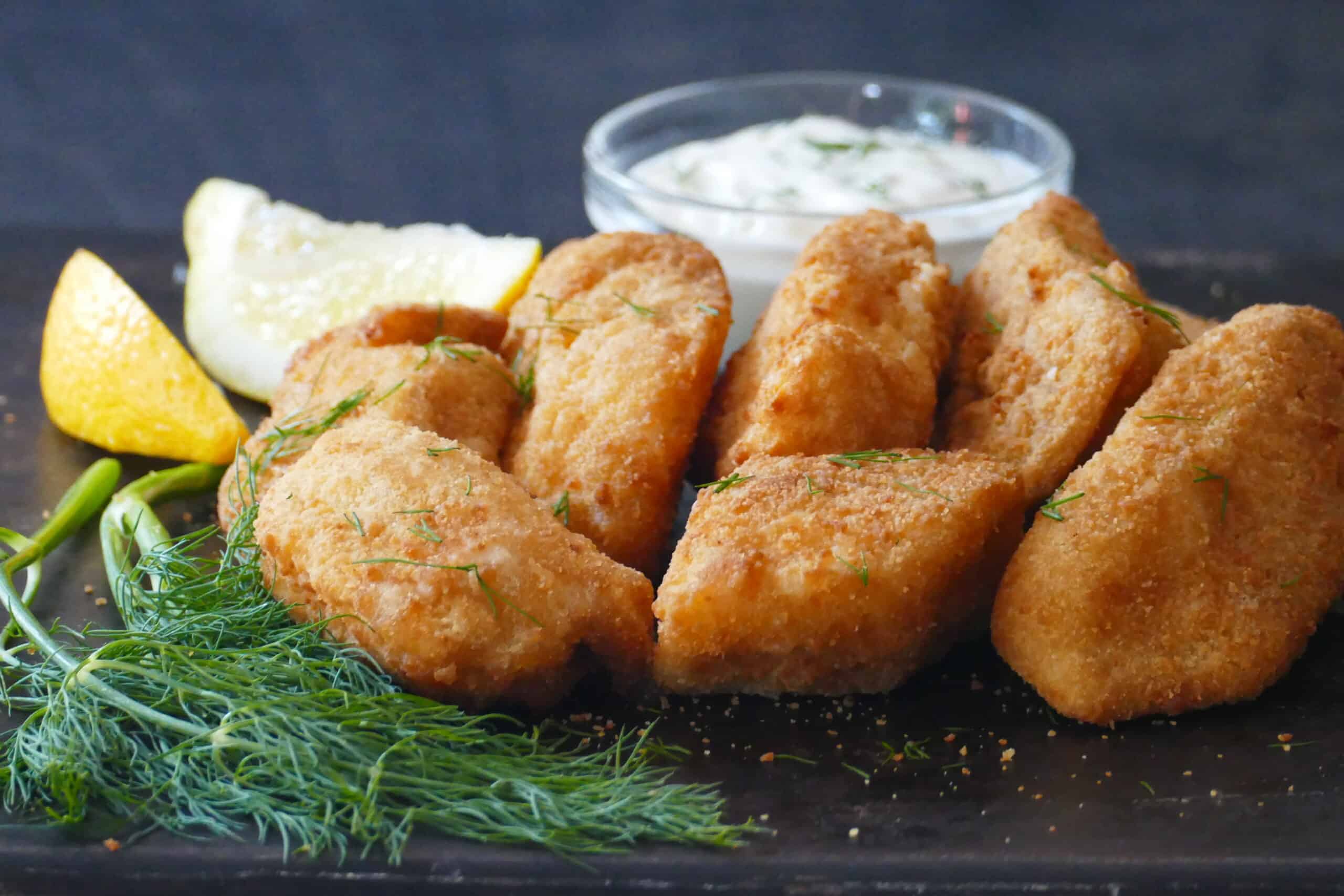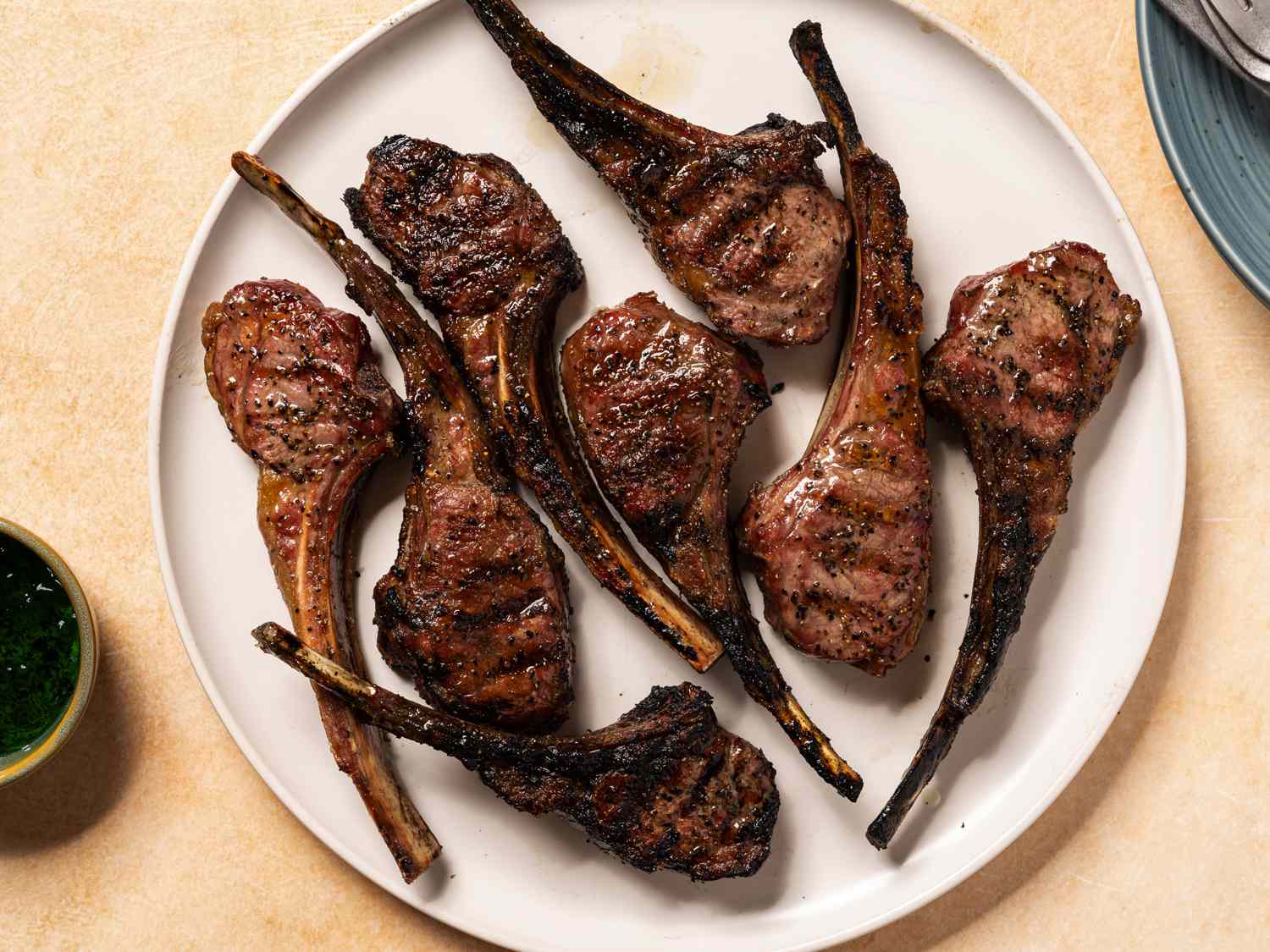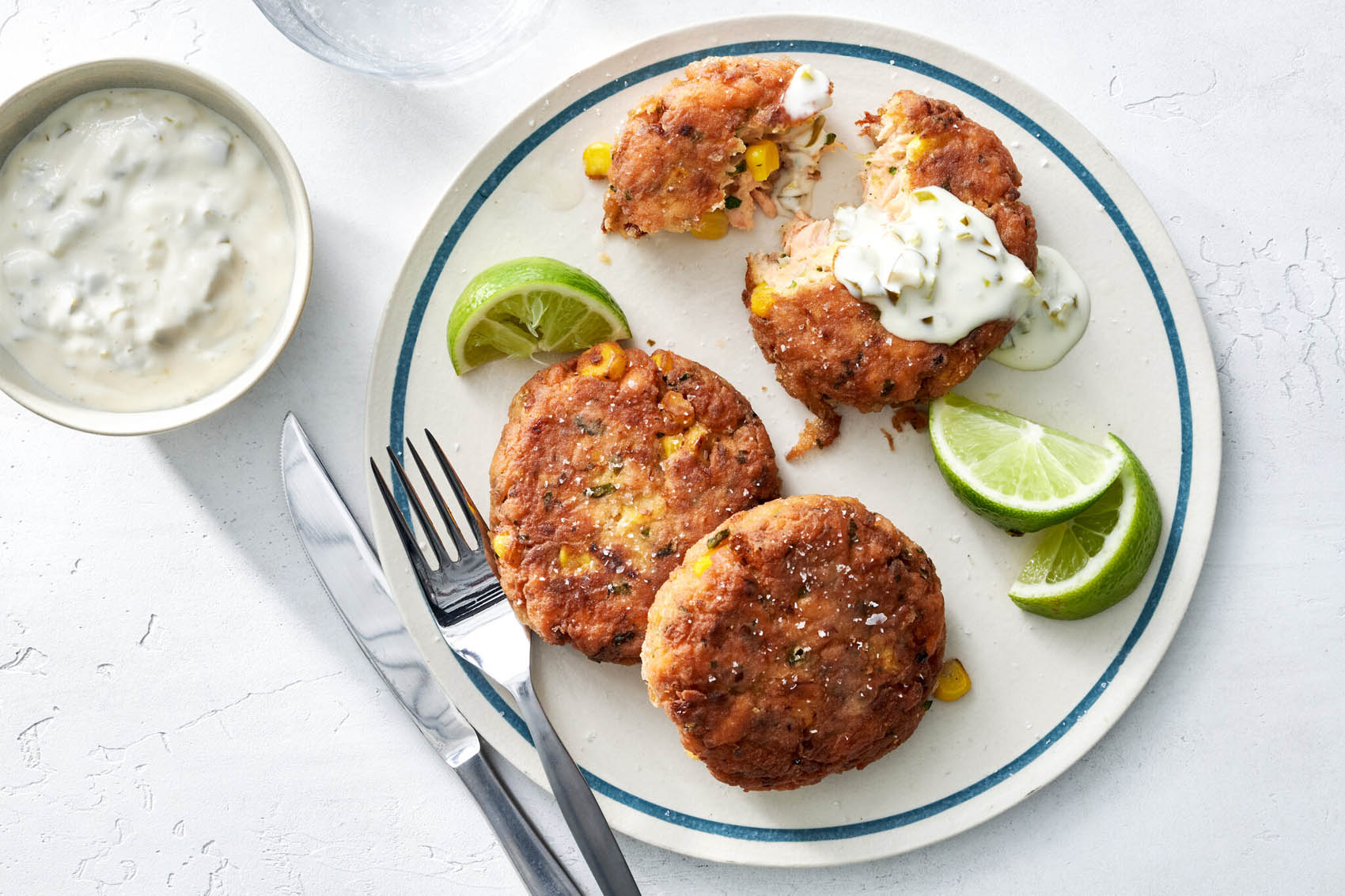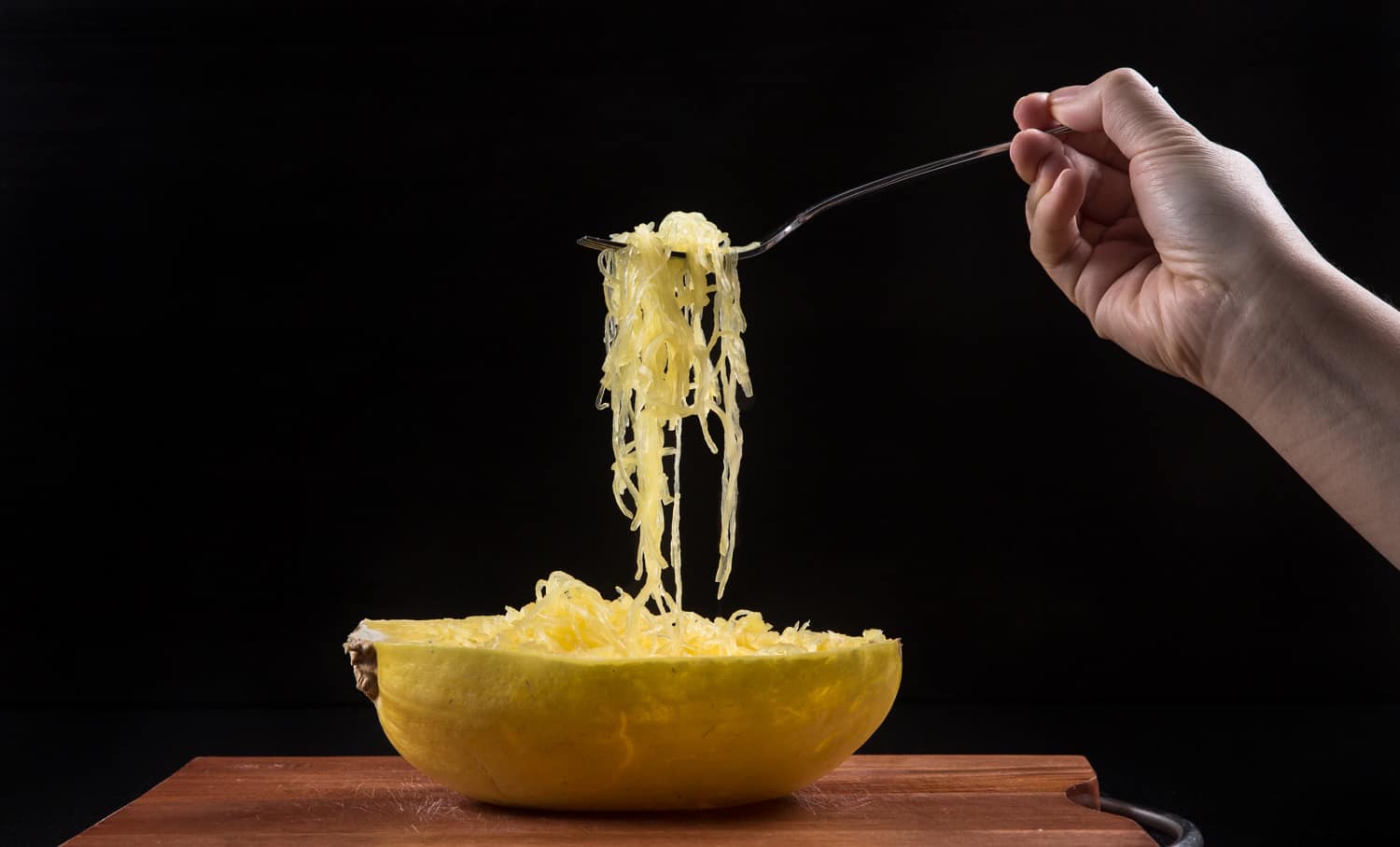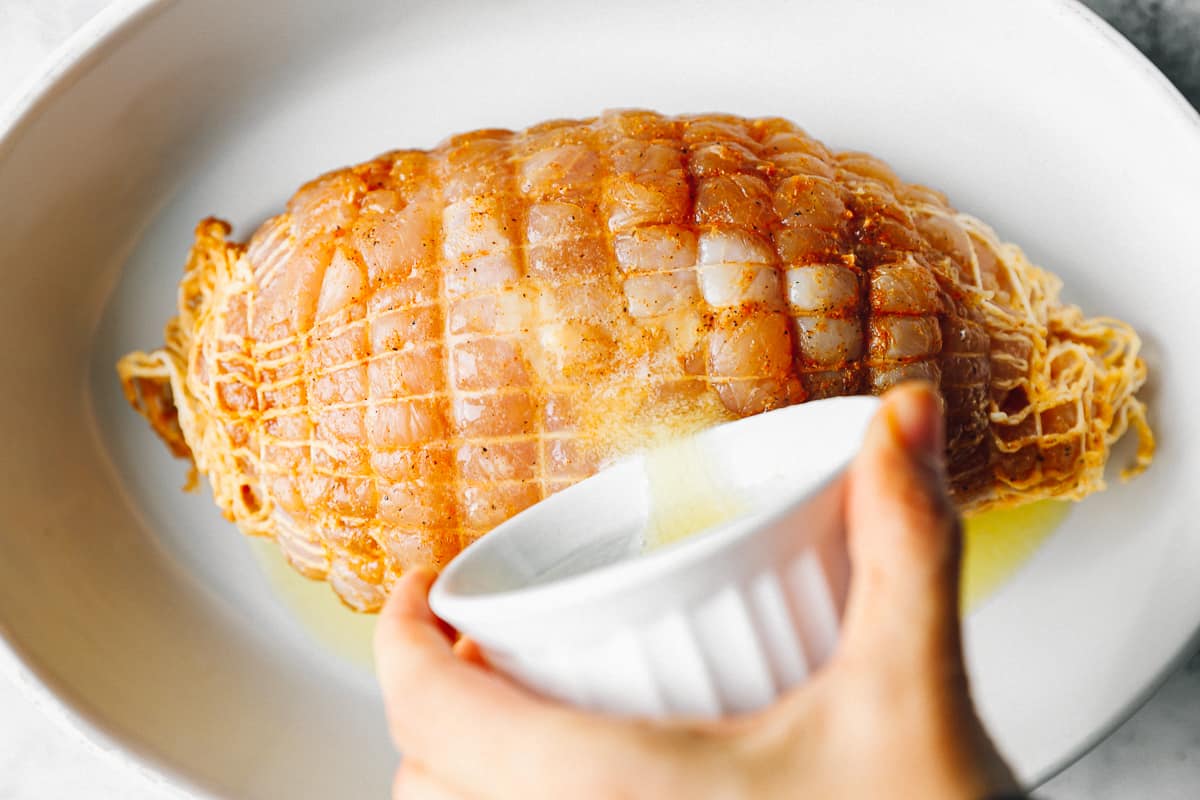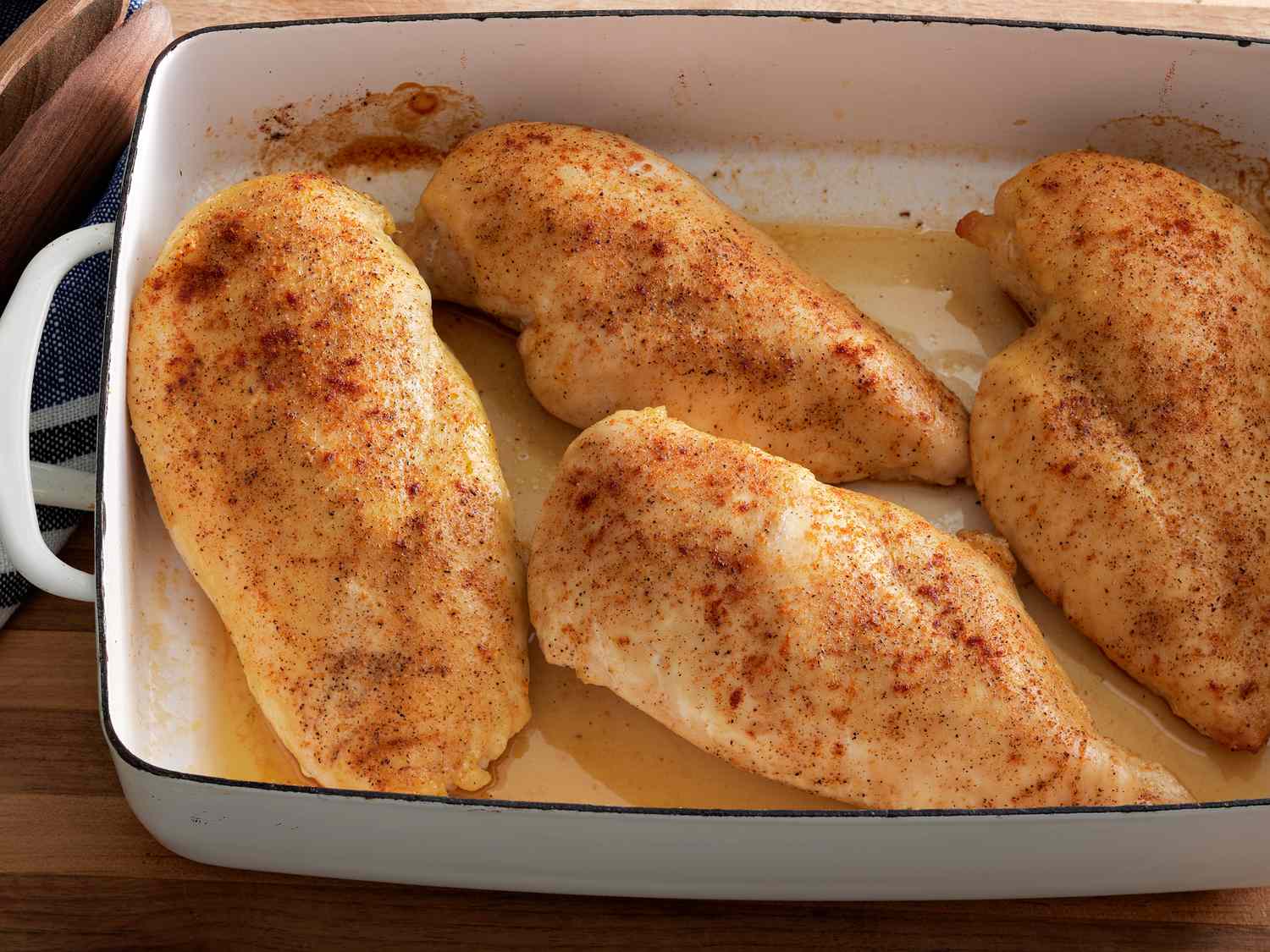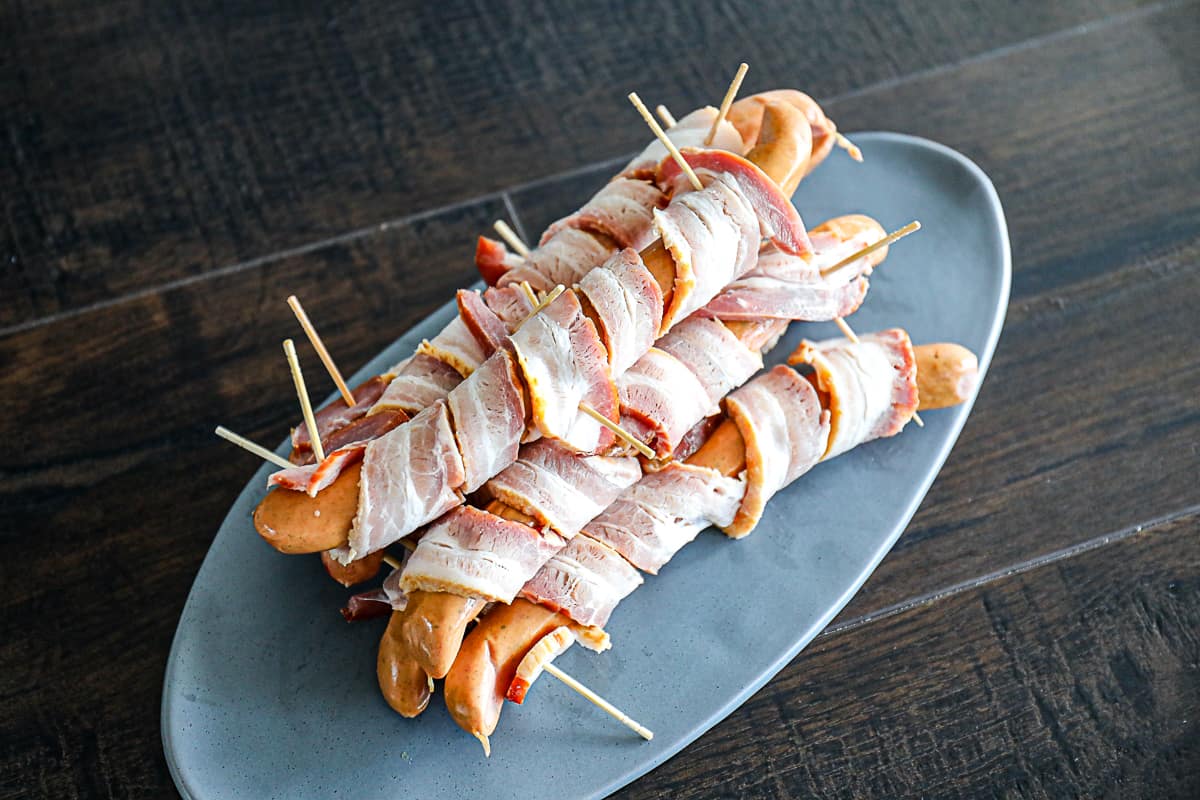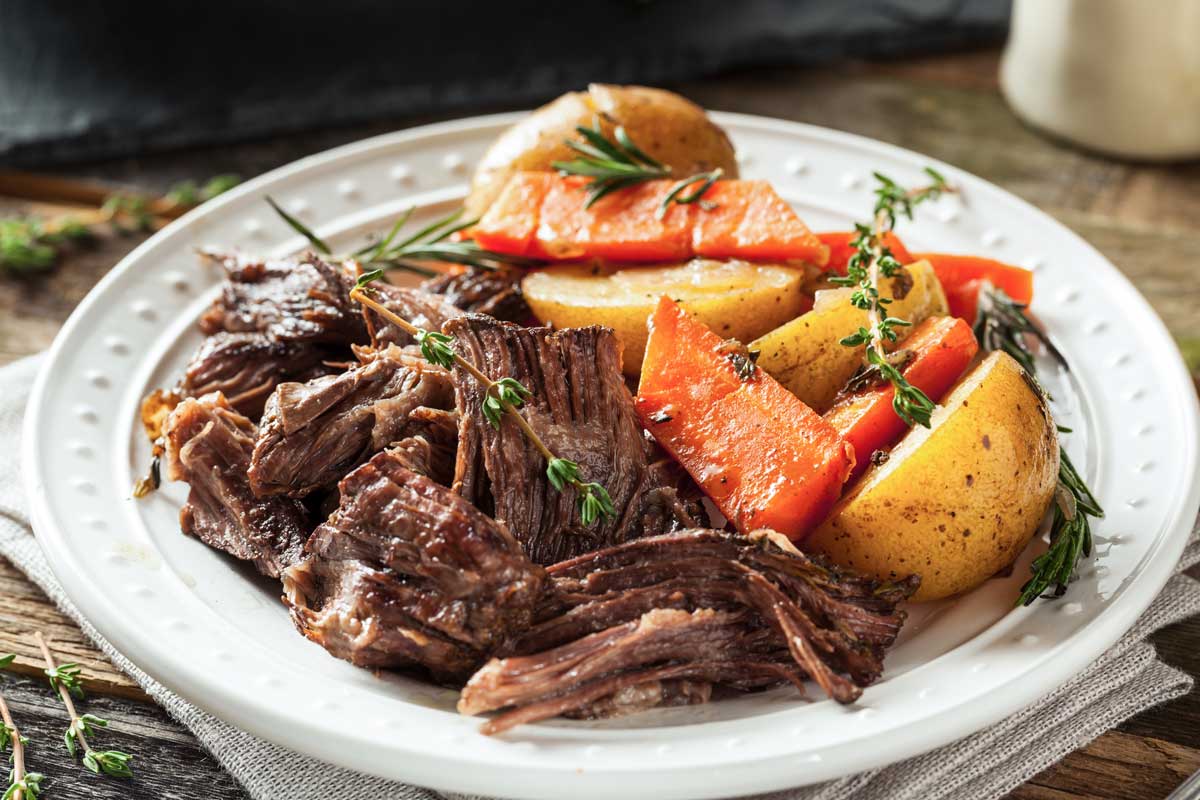Introducing Baby to the Delicious World of Pasta
As your baby grows and starts exploring new flavors and textures, introducing pasta can be an exciting milestone. Pasta is a versatile and easy-to-prepare food that can provide important nutrients for your little one. In this article, we will guide you through the process of cooking pasta for your baby, keeping in mind their nutritional needs and taste preferences.
Choosing the Right Pasta
When it comes to choosing pasta for your baby, opt for whole grain varieties as they are packed with fiber, vitamins, and minerals. Whole grain pasta has a lower glycemic index compared to refined pasta, making it a healthier choice for your baby’s growing body.
- Look for organic pasta options that are free from additives or preservatives.
- Consider small pasta shapes like mini shells or alphabet pasta that are easier for your baby to pick up and chew.
Preparation and Cooking
Before cooking pasta for your baby, follow these simple steps:
- Fill a pot with water and bring it to a boil.
- Add a pinch of salt to the boiling water.
- Add the pasta and cook according to the instructions on the package.
- Make sure the pasta is cooked until it is soft and easily mashable between your fingers.
- Once the pasta is cooked, drain it and rinse it with cold water to stop the cooking process.
Now, you are ready to serve a delicious pasta meal to your baby!
Make it Nutritious and Flavorful
To make pasta more nutritious and flavorful for your little one, consider these ideas:
- Include a variety of steamed or pureed vegetables like carrots, peas, or broccoli to boost the nutritional value.
- Add a small amount of homemade tomato sauce or pureed vegetables for added taste and texture.
- Sprinkle some grated cheese, such as mild cheddar or mozzarella, for a creamy touch.
Serving Size and Safety Tips
When it comes to serving pasta to your baby, keep the following tips in mind:
- Offer small portions initially to avoid overwhelming your baby’s developing digestive system.
- Always supervise your baby while they are eating to prevent choking hazards.
- Cut the pasta into smaller, bite-sized pieces to make it easier for your baby to handle.
Conclusion
Cooking pasta for your baby can be a fun and rewarding experience. By selecting the right pasta, preparing it with nutritious additions, and following safety guidelines, you can introduce your little one to the wonderful world of pasta and all its delicious possibilities. Enjoy this bonding time with your baby as they explore new flavors and textures, paving the way for a lifetime of healthy eating habits.
Was this page helpful?
Read Next: How To Cook Medium Steak In Oven
